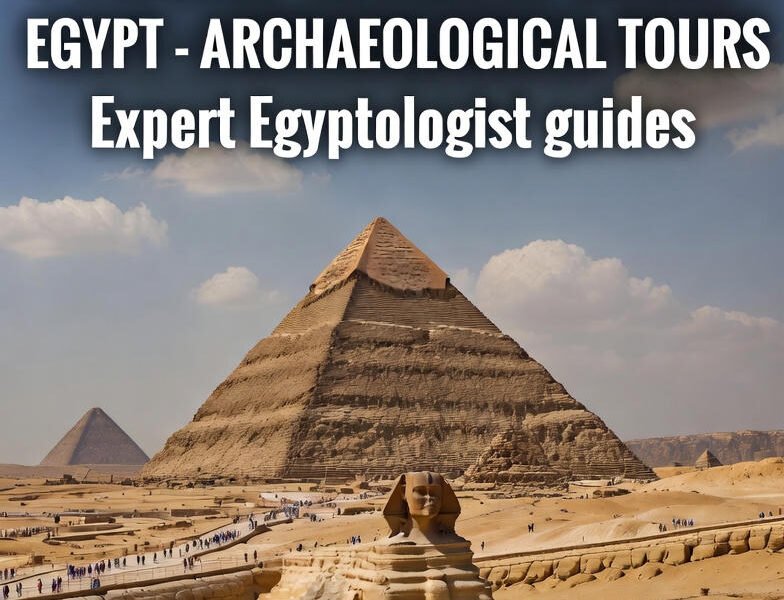On August 2, 2027, the sky above Egypt will host one of the most spectacular and longest astronomical…
The solar eclipse is perhaps the most magnificent spectacle the cosmos offers us—a brief, breathtaking moment when the…
The cosmos offers few spectacles as breathtaking and humbling as a total solar eclipse. For ancient civilizations, it…
The desert sands of Egypt are preparing to host one of the most magnificent celestial events of our…
When travelers ask “What is the best all-inclusive in Egypt?”, they are usually dreaming of turquoise waters, unlimited…
Egypt, the land of Pharaohs, pyramids, and timeless Nile River adventures, calls to the intrepid traveler. For many,…
Every traveler researching Egypt eventually asks: how much does a private tour guide cost in Egypt? The answer…
For travelers seeking the most authentic and profound archaeological tours pyramid, nothing rivals the expertly crafted archaeological tours…
For travelers over 65, nothing compares to a thoughtfully designed Cairo & Nile Cruise tour for seniors. This…
Every day we receive the same important question from excited travelers: “How much do Egypt travel packages cost?”…
The world is counting down to one of the most anticipated cultural events in modern history — the…
The year 2027 marks a celestial event of monumental proportions—an astronomical phenomenon so rare, so spectacular, and so…















